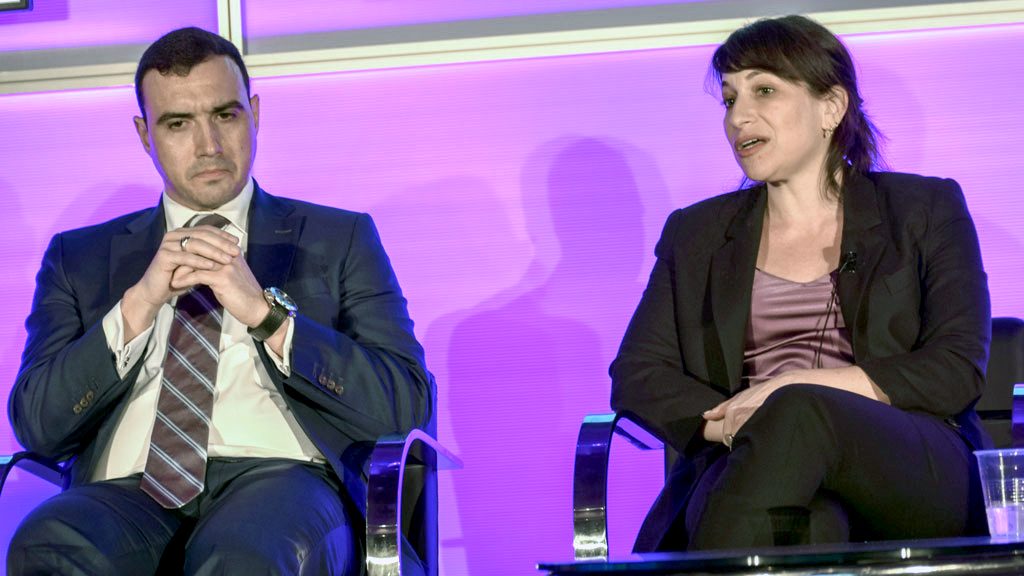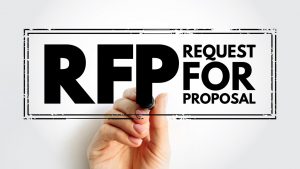The size and complexity of public-private partnership (P3) projects multiplies the possibility of disputes between owners and project teams.
But with careful strategies designed to maintain good will and avoid lengthy and costly litigation, the parties can find ways to execute project contracts with reputations and relationships intact, delegates attending a dispute-resolution workshop at the recent Canadian Council for Public-Private Partnerships (CCPPP) conference held in Toronto were told.
“Listening to an arbitrator, to yours truly, counsel, to an industry participant and to an authority, you have people who want to get it right,” commented panellist Jason Annibale, a partner and national co-chair, construction with McMillan LLP in an interview summing up the session. “They want to try and resolve disputes more effectively and try to protect relationships.”
The other panellists were Patrick Freer, a senior vice-president with Fengate Asset Management, Agnes von dem Hagen, vice-president, legal services with Infrastructure Ontario (IO), and Hagit Muriel Elul, a partner and co-chair, Arbitration Practice Group with Hughes Hubbard & Reed LLP.
Annibale identified how conflicts might arise in P3s where they wouldn’t on a standard job.
“With the size and the complexity of the contract in play, you are not dealing with a single contract, you are dealing with a multiplicity of contracts, interface agreements and the like, pass-through agreements within the P3 chain,” he said. “A subcontractor may be dealing with several levels up and indeed disputes may be passed up to the authority. So that’s a profound layer of complexity absent outside of a P3 context.
“And another point is the length of time that a P3 goes. Often you are dealing with a 20-year to 50-year life cycle of a project so that is a layer of additional complexity.”
The longer time period means it’s extra important not to burn bridges, Annibale said. In shorter projects, an aggrieved party might use more aggressive tactics to resolve problems because the long-term ramifications might be less obvious.
“But in a P3 setting you might want to hold your powder on levelling a bad-faith allegation,” said Annibale. “In my experience, when that has been done, that is a good way to sour a relationship.”
The large amount of P3 contracts in IO’s portfolio convinced the agency to establish its own dedicated dispute-resolution management team, von dem Hagen noted. This means fewer ad hoc solutions, she explained.
“We have to be more systematic and more strategic,” she said.
IO has a dispute-resolution template in its contracts that is relatively consistent, said Annibale. When a dispute arises, there are generally one or two levels of negotiations among the parties involving intermediates and then senior management and boards, and then a dispute could go to an independent certifier. Next steps could include referees, an adjudication process or an issue expert, and finally, litigation. Annibale explained mitigation is generally not part of the official process and suggested it best remain outside of the contract.
“So within the confines of that,” he said, referring to the myriad options, “parties will say, before we go all the way, let’s have an exchange of documents so we can have meaningful mediation to consider. That is typically how mediation gets inserted.
“I think that’s the right way to do it. There is no sense in contractually binding parties to mediation when they don’t want to mediate.”
Annibale said he is generally a big proponent of mediation in that it focuses the attention of the parties and avoids the larger costs of arbitration. Von dem Hagen said mediation can be valuable in preserving relationships but unless it can be certain the parties will accept the mediator’s decision, the process could be a waste of time and could prolong the dispute.
During a discussion of the role of an arbitrator and whether one or a panel of three arbitrators is best, Elul, an adjudicator herself, commented, “The job of the arbitrator is a lonely one” that requires her to puzzle through issues on her own. But when there are three, they get to bounce issues off each other, making for better decisions, she said, and that process can be valuable for the parties in dispute to observe.
Elul also advised against advocating for the use of one adjudicator who might be too partisan on one side. They might push too hard and lose credibility, and they risk being alienated from the other two.
Fengate’s Freer said it’s at the arbitration level that becomes clear it’s highly valuable to keep good notes. It is eye-opening what documents of the past become part of the record, he said.
“As I am writing my notes now, I ask if I am going to be reading them three years later, will they make sense,” he said.
Freer also suggested it’s helpful to employ a counsellor who plays the devil’s advocate role to prevent losing causes from going too far in the dispute-resolution process.









Recent Comments
comments for this post are closed